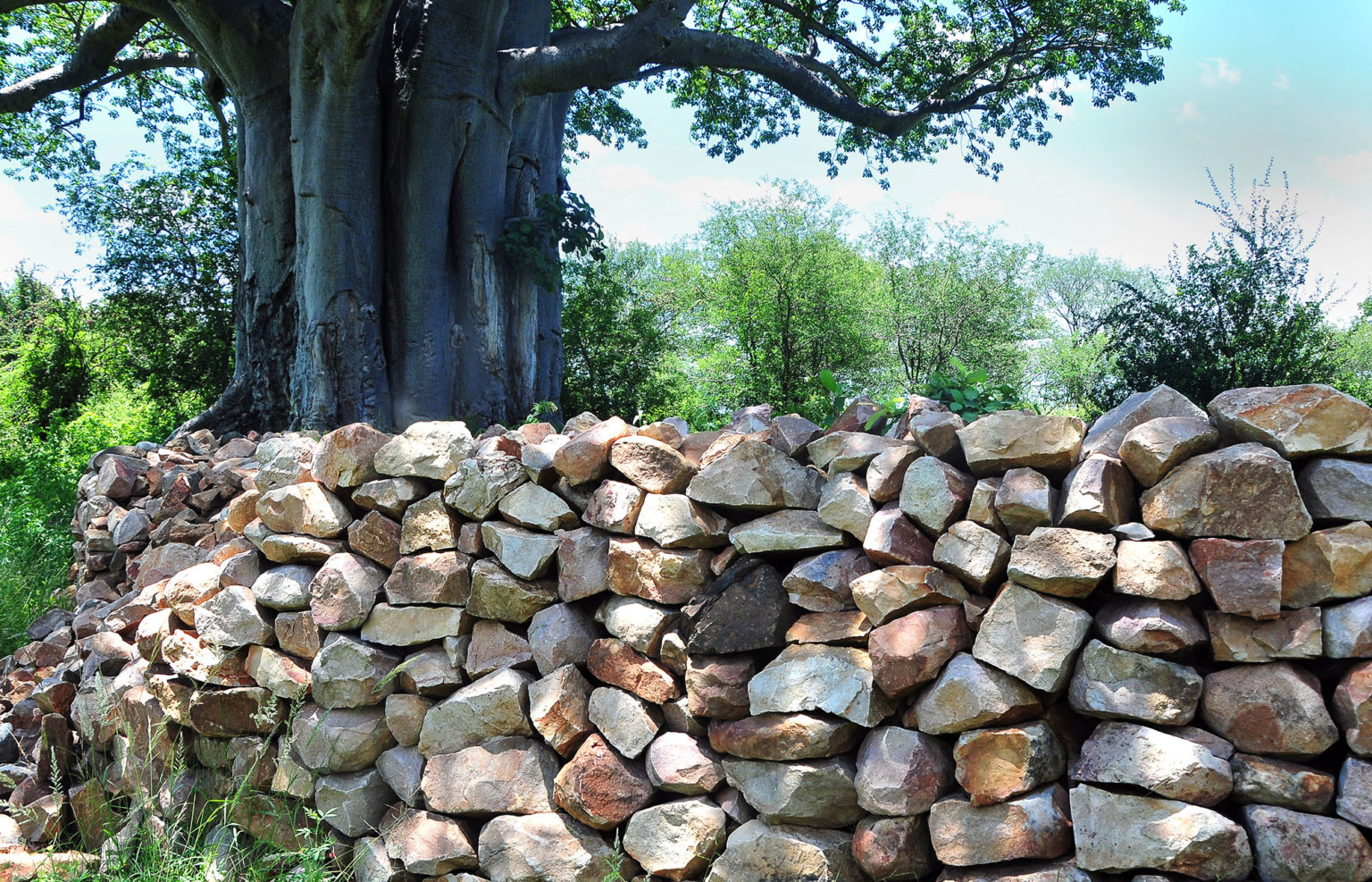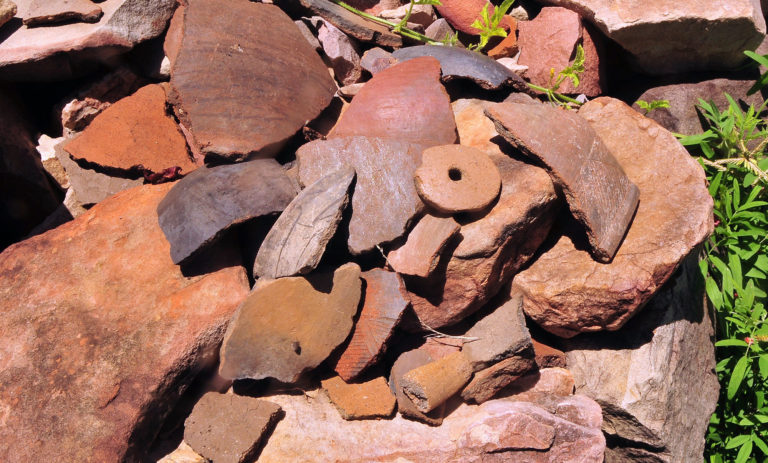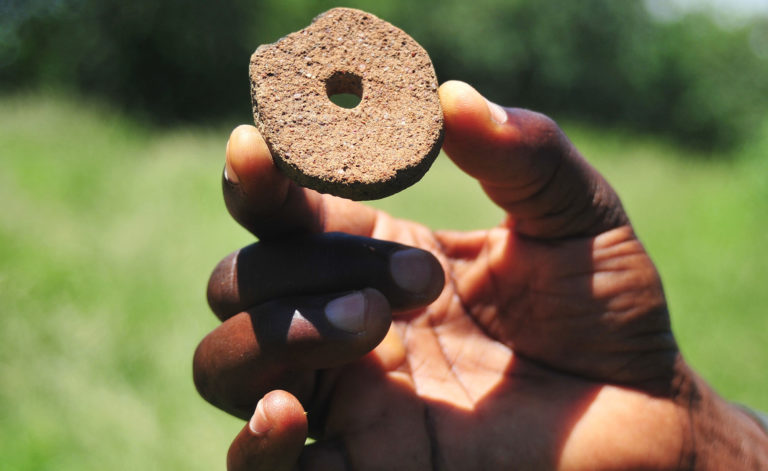Thulamela
Posted: Wed May 23, 2012 2:03 pm
For more information on the intriguing and breathtaking Thulamela click here:
http://www.gomag.co.za/kruger/activities/thulamela.html
Thulamela
Thulamela, a royal citadel situated on a plateau a few kilometers west of Pafuri in the northern region of the park, which is considered to be one of the most significant archaeological finds in South Africa.
The archaeological site named Thulamela, a Venda word meaning the place of birth, is located in the north east part of South Africa, in the Pafuri area of the world-acclaimed Kruger National Park in South Africa. It is near the border with Zimbabwe and Mozambique, in a fertile area that seems to have been preferred for the cultivation of various kinds of sorghum and millet as well as cotton. The Late Iron Age Site of Thulamela, is considered to be part of the Zimbabwe culture complex, which started at Mapungubwe and Great Zimbabwe. It is generally believed that sites like Thulamela were established following the decline of Great Zimbabwe, which is thought to have been abandoned for various reasons that are still part of academic debate.
Like other Zimbabwe type archaeological sites before it, Thulamela was linked to extensive trade networks that went as far as Botswana, Zambia, Zimbabwe, Western and Central Africa. These networks linked the Limpopo valley to the Indian Ocean by the 10th century. This is manifested by the rich and diverse artefacts found on the site. Two graves, one of a male and the other of a female individual, were found. The human skeletons had gold bracelets, golden beads. More gold beads, a gong (possible evidence of a connection with Ghana in West Africa), golden wire and potsherds with traces of molten gold were discovered in the ash heap found on the site.
It is believed that the people who established Thulamela migrated south from Great Zimbabwe. It is estimated that the royal enclosure at Thulamela could accommodate more than a thousand people. The hillsides beyond the citadel’s walls are scattered with ruins of dwellings which indicate that up to 2,000 people may have lived in the area. Recent excavations have uncovered the tombs and remains of an African king and queen who are believed to have ruled the region during the 16th century. Both bodies were adorned with gold as an indication of their royal status. The excavation team have named them King Ingwe, meaning leopard, and Queen Losha, a word describing a position of respect.
The reconstruction of the stone wall, which had already been destroyed by the time the site was ‘discovered’, was part of the initial site preparation before opening it to the public. This was made possible by the existence of still intact foundations, which gave an insight into what the original walls may have looked like. The Thulamela archaeological site was officially unveiled as a public archaeological site on National Heritage Day, 24 September 1996.
Sources: http://www.asapa.org.za/index.php/arche ... thulamela/
http://www.southafrica.com/blog/step-ba ... -thulamela
More info here: http://wikimapia.org/11264550/Thulamela ... -Kruger-NP
http://www.gomag.co.za/kruger/activities/thulamela.html
Thulamela
Thulamela, a royal citadel situated on a plateau a few kilometers west of Pafuri in the northern region of the park, which is considered to be one of the most significant archaeological finds in South Africa.
The archaeological site named Thulamela, a Venda word meaning the place of birth, is located in the north east part of South Africa, in the Pafuri area of the world-acclaimed Kruger National Park in South Africa. It is near the border with Zimbabwe and Mozambique, in a fertile area that seems to have been preferred for the cultivation of various kinds of sorghum and millet as well as cotton. The Late Iron Age Site of Thulamela, is considered to be part of the Zimbabwe culture complex, which started at Mapungubwe and Great Zimbabwe. It is generally believed that sites like Thulamela were established following the decline of Great Zimbabwe, which is thought to have been abandoned for various reasons that are still part of academic debate.
Like other Zimbabwe type archaeological sites before it, Thulamela was linked to extensive trade networks that went as far as Botswana, Zambia, Zimbabwe, Western and Central Africa. These networks linked the Limpopo valley to the Indian Ocean by the 10th century. This is manifested by the rich and diverse artefacts found on the site. Two graves, one of a male and the other of a female individual, were found. The human skeletons had gold bracelets, golden beads. More gold beads, a gong (possible evidence of a connection with Ghana in West Africa), golden wire and potsherds with traces of molten gold were discovered in the ash heap found on the site.
It is believed that the people who established Thulamela migrated south from Great Zimbabwe. It is estimated that the royal enclosure at Thulamela could accommodate more than a thousand people. The hillsides beyond the citadel’s walls are scattered with ruins of dwellings which indicate that up to 2,000 people may have lived in the area. Recent excavations have uncovered the tombs and remains of an African king and queen who are believed to have ruled the region during the 16th century. Both bodies were adorned with gold as an indication of their royal status. The excavation team have named them King Ingwe, meaning leopard, and Queen Losha, a word describing a position of respect.
The reconstruction of the stone wall, which had already been destroyed by the time the site was ‘discovered’, was part of the initial site preparation before opening it to the public. This was made possible by the existence of still intact foundations, which gave an insight into what the original walls may have looked like. The Thulamela archaeological site was officially unveiled as a public archaeological site on National Heritage Day, 24 September 1996.
Sources: http://www.asapa.org.za/index.php/arche ... thulamela/
http://www.southafrica.com/blog/step-ba ... -thulamela
More info here: http://wikimapia.org/11264550/Thulamela ... -Kruger-NP




